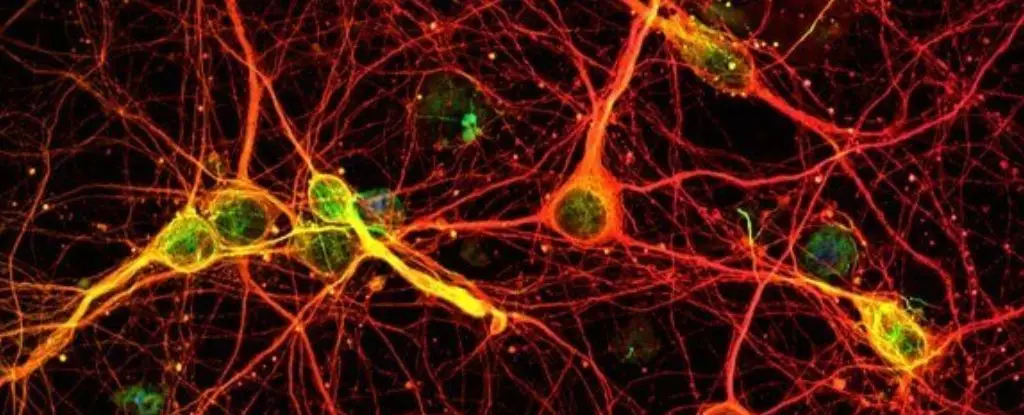For decades, our understanding of memory has been closely tied to the workings of the brain. Traditional neuroscience has placed the brain at the center of learning processes, with a primary focus on neurons and synaptic connections. However, groundbreaking research from New York University (NYU) is challenging this established paradigm by revealing that the capacity for memory formation is not exclusive to the brain. Instead, it appears to be a physiological property shared by all cells in the body. This revelation could open new avenues for treating memory and learning disorders and deepen our comprehension of the intricate web of cellular communication.
The Mechanisms of Learning: Spaced Repetition
One of the core findings of the NYU researchers, led by neuroscientist Nikolay Kukushkin, is the concept of “massed-spaced effect.” This phenomenon illustrates that memory and learning are reinforced through repetition, with the timing of that repetition playing a crucial role. The evidence indicates that spacing learning intervals can strengthen memory, not just in neurons but also in non-neuronal cells like kidney and nerve cells. When exposed to specific chemical patterns repeatedly over time, these cells exhibit learning behaviors akin to those observed in brain cells. This challenges the long-held notion that effective learning strategies, such as spaced repetition, apply uniquely within the brain.
Kukushkin’s research utilized non-brain cells to demonstrate that they, too, could undergo a transformation in memory formation processes when subjected to repeated chemical stimuli. This highlights a significant shift in understanding how learning occurs, suggesting that memory is a more widespread phenomenon spanning across various cells in the human body.
The implications of these findings stretch far beyond the realm of neuroscience. If memory is indeed a fundamental trait of all cellular structures, the concept of “body memory” could hold important insights into overall health, cognitive functions, and the mechanisms underlying various diseases.
Kukushkin proposes that understanding this cellular memory could pave the way for innovative treatments for learning and memory impairments. Exploiting how non-brain cells encode memories might help in devising therapies for conditions like Alzheimer’s disease, where memory formation and retention are significantly impacted. The research indicates that interventions could encourage not only neuronal recovery but also bolster the overall resilience of cellular functions in various organs.
A pivotal aspect of the study involves dissecting how these non-brain cells respond to chemical signals such as protein kinases A and C (PKA and PKC). These protein kinases have been established components in the signaling pathways that facilitate memory formation. Kukushkin’s team found that the number of chemical ‘training pulses’ significantly influences the persistence and strength of memory within these cells. For example, while a single pulse might activate memory genes temporarily, multiple pulses lead to a more robust, long-lasting activation.
The researchers demonstrated that the time intervals between these chemical treatments also play a crucial role, reflecting the findings seen in neuronal responses. This layered complexity in how cells engage with memory-forming processes establishes a compelling narrative about the coordinated nature of learning at the cellular level.
As this research broadens our understanding of learning and memory, it emphasizes the need for a comprehensive approach toward treating cognitive dysfunctions. Kukushkin urges us to “treat our body more like the brain,” prompting a vital shift in how we conceive health and memory treatment modalities.
Moving forward, more detailed exploration of memory processes across different body systems will be essential. Questions remain regarding how these cellular memories interact with each other and how they may affect overall cognitive functions. Developing a more holistic understanding of body memory and its implications could lead to profoundly effective therapeutic strategies for enhancing not just memory, but overall well-being.
In essence, this revolutionary understanding challenges entrenched beliefs, pushing scientists to rethink the mechanisms of learning and memory as a unified, multisystem phenomenon. As we uncover the secrets of cellular memory, we stand at the precipice of transformative discoveries that could reshape our approach to health and cognitive science.

